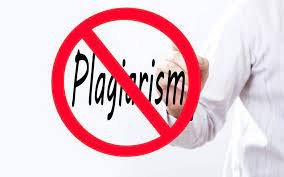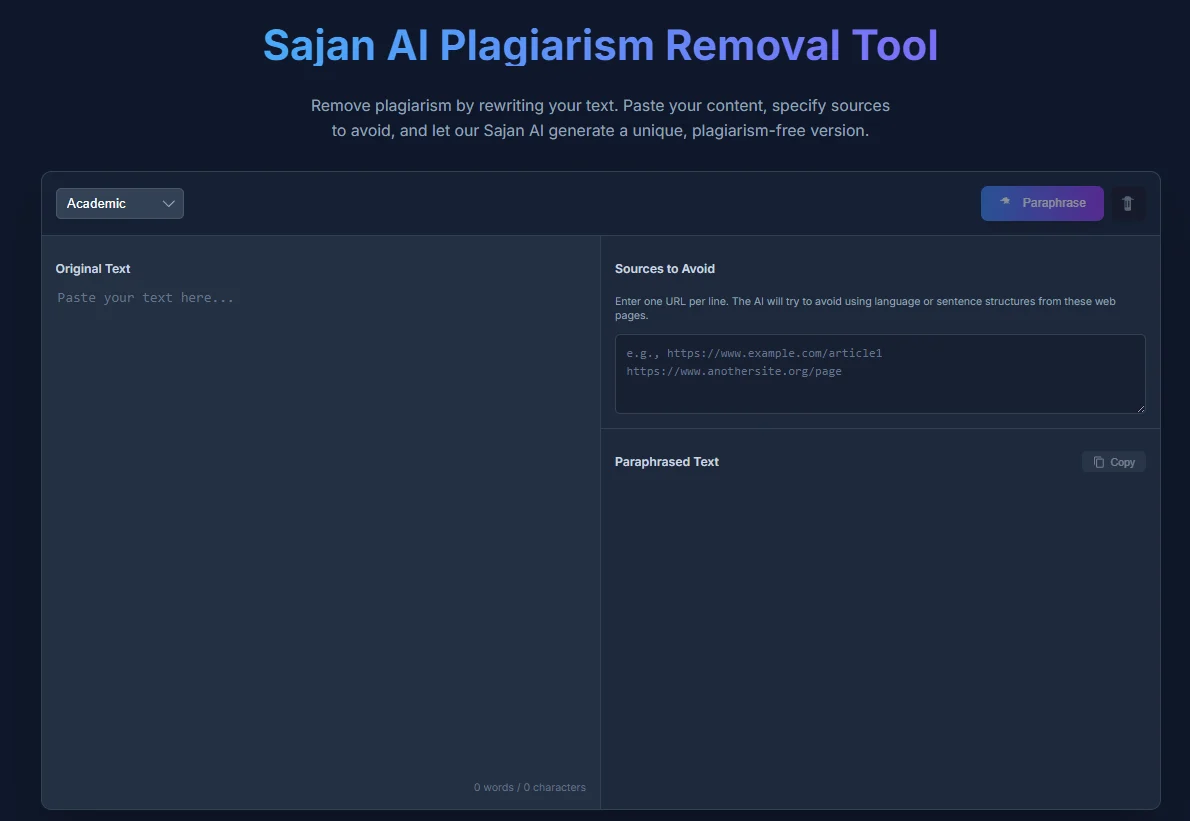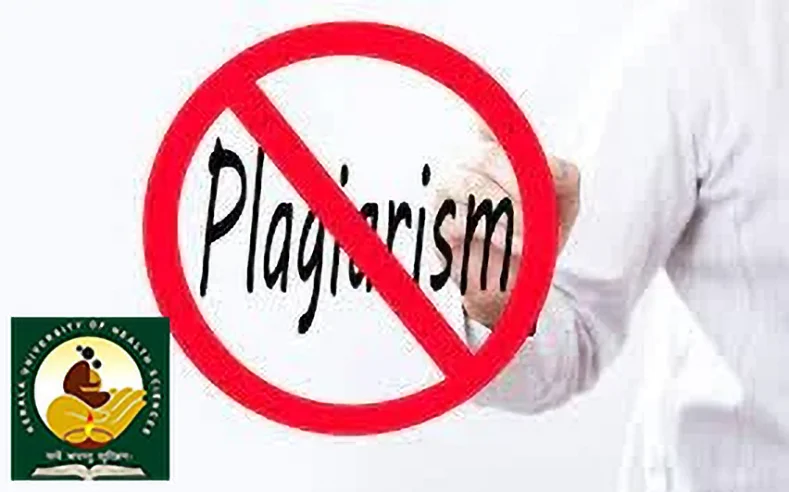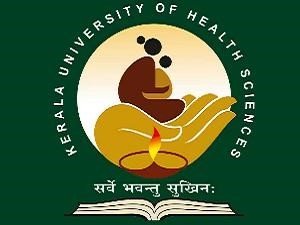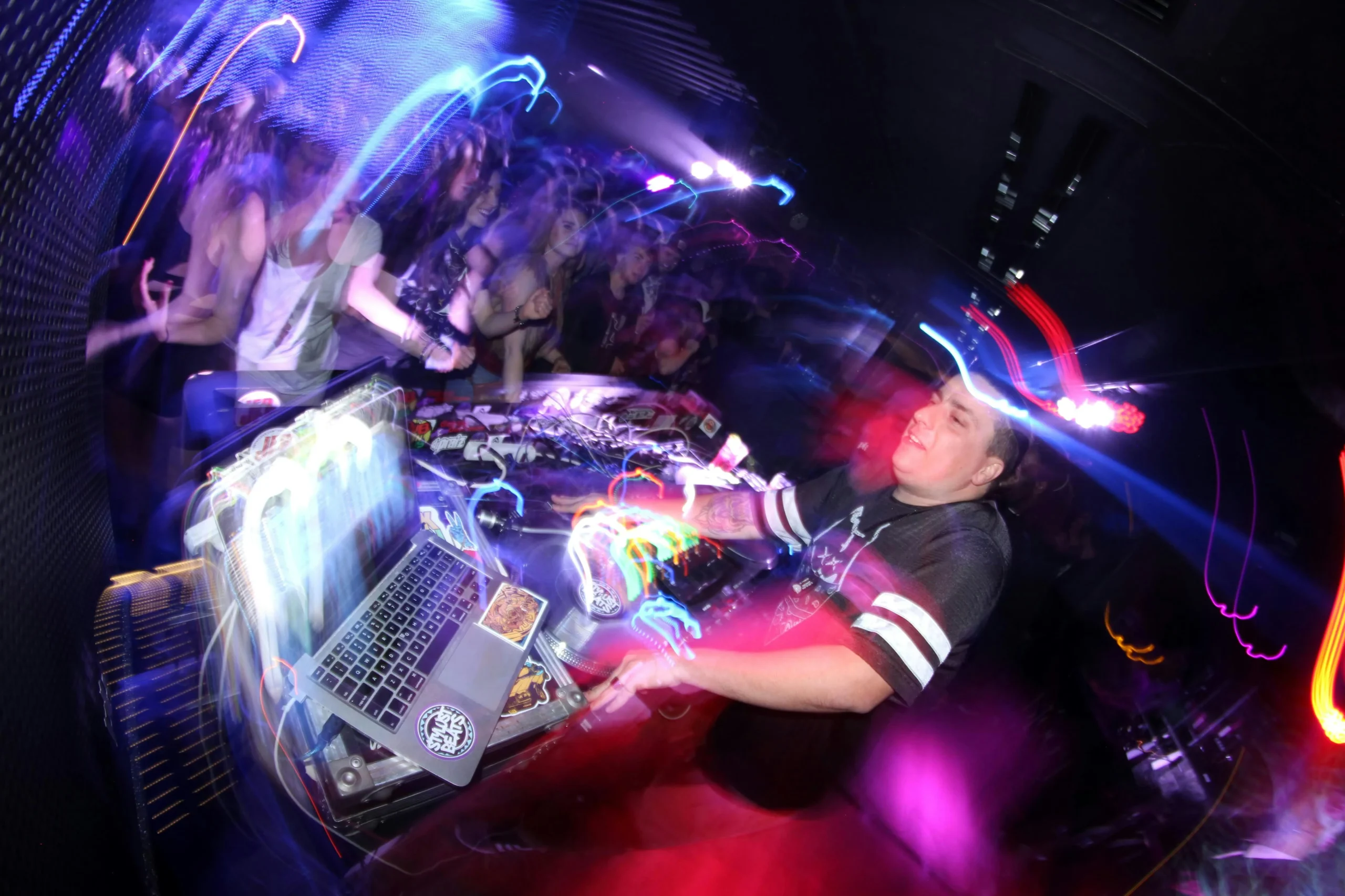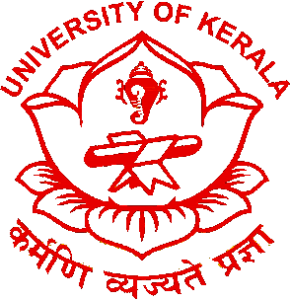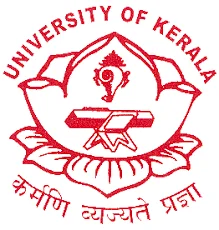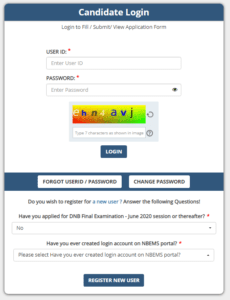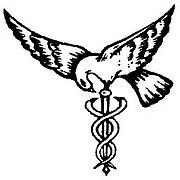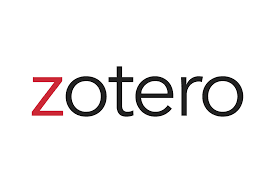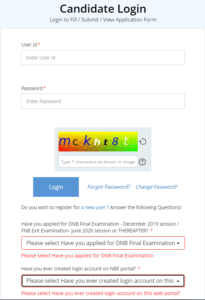Table of Contents
ToggleIntroduction
Plagiarism is a serious offense in the world of academia and research. It involves using someone else’s work, ideas, or words without proper attribution or permission. It undermines the principles of intellectual honesty, academic integrity, and the pursuit of knowledge. To maintain the highest standards of research, it is crucial to understand how much plagiarism is allowed and the consequences of crossing those limits.
Defining Plagiarism
Plagiarism can take various forms, including but not limited to:
- Copying and pasting someone else’s work verbatim without citation
- Paraphrasing someone else’s work without giving credit
- Using someone else’s ideas or concepts without acknowledgment
- Self-plagiarism, which involves reusing one’s own previously published work without proper citation
It is important to note that unintentional plagiarism is still considered plagiarism, and ignorance is not an acceptable defense. Researchers must be diligent in ensuring they properly attribute all sources they use in their work.
Academic Integrity and Ethical Considerations
Academic institutions and research communities have strict guidelines and ethical standards in place to prevent plagiarism. These guidelines vary across institutions, but the underlying principle remains the same: all research must be conducted with integrity and respect for intellectual property.
While there is no universally accepted percentage or threshold for allowable plagiarism, it is generally agreed upon that any form of plagiarism is unacceptable. The goal of research is to contribute to knowledge and build upon existing work, not to simply replicate or steal ideas.
Consequences of Plagiarism
Plagiarism can have severe consequences for researchers, including:
- Damage to reputation: Plagiarism can tarnish a researcher’s reputation and credibility within their field.
- Legal implications: Plagiarism can lead to legal action, especially if copyrighted material is used without permission.
- Academic penalties: Institutions may impose disciplinary actions, ranging from retraction of publications to suspension or expulsion.
- Loss of funding: Funding agencies may withdraw support or refuse future grants if plagiarism is discovered.
It is essential for researchers to understand the potential consequences and take necessary precautions to avoid plagiarism in their work.
Avoiding Plagiarism
To ensure research is free from plagiarism, researchers should follow these best practices:
- Cite all sources: Whenever using someone else’s work, ideas, or words, provide proper citations and references.
- Use plagiarism detection tools: Utilize plagiarism detection software to identify any unintentional instances of plagiarism.
- Understand fair use: Familiarize yourself with the concept of fair use and ensure you are within the boundaries of copyright laws.
- Paraphrase properly: When paraphrasing, rephrase the content in your own words and provide proper attribution.
- Seek permission: If using copyrighted material, obtain permission from the copyright holder before including it in your research.
- Self-cite appropriately: When referencing your own previous work, clearly indicate the source and context.
Conclusion
Plagiarism has no place in research. Upholding academic integrity and ethical standards is crucial for the advancement of knowledge and the credibility of researchers. By understanding the definition of plagiarism, its consequences, and adopting best practices to avoid it, researchers can ensure their work is respected, valued, and contributes meaningfully to their field.

